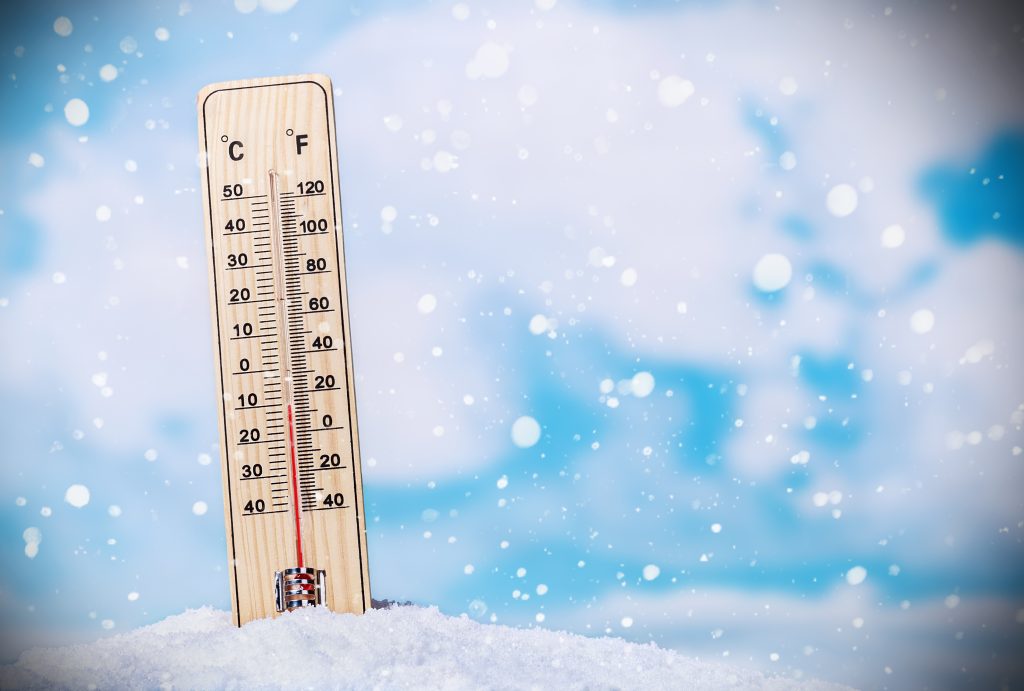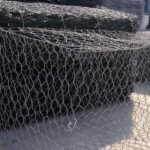As the temperatures cool, your heating system works harder to keep your house at the perfect temperature year-round. However, if the temperature drastically fluctuates between warm and cool, it’s hard to know when to turn your heating on and when to throw on a few extra blankets.
Every winter, Americans spend between $500 and $1,500 on heating, depending on their home’s size, the type of fuel their heating system uses, and their system’s energy-efficiency. Many are eager to keep those bills down, particularly in the winter, when holiday expenses can stretch a tight budget. If you have a mini split system, it’s easy to keep the room you’re in warm while turning down the heat in other, unused rooms.
However, sometimes you may waste more energy bringing the temperature up to your preferred number than keeping the entire house at a particular temperature. Here are some tips to help you know when to turn your heat off and when it’s better to keep it on during the cold fall and winter months.
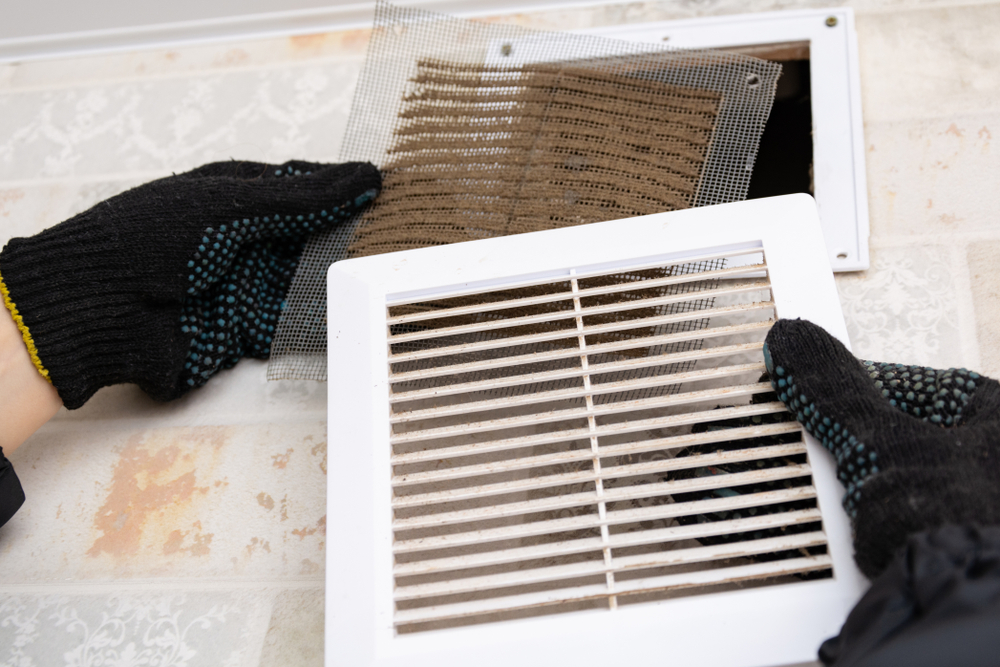
Clean Your Filters
One of the largest contributors to wasting energy is dirty filters. Energy.gov recommends changing your filters once a month, particularly if you have a home with multiple people and pets. If you live alone, you may only need to change them every 90 days.
Clogged filters can decrease your ductless heating and cooling system’s efficiency, resulting in higher utility bills. Whether you turn your heat on or off, it’s essential to clean your filters regularly.
Turn Down Your Heat When You’re Away
If you’re going out of town for several days during the winter months, you might be tempted to turn off your heating system to save money. However, if you live in an area where temperatures may dip below freezing, it’s essential you keep your heating on, even at a low level.
Keeping your house too cold while you’re away can cause frozen pipes—an expensive problem that can be avoided. Frozen pipes stop you from accessing running water and can burst, causing extensive damage to your walls, foundation, and water system.
The Red Cross recommends keeping your heating at 55°F or higher when on vacation during the winter months to prevent frozen and burst pipes. During frigid spells, especially in areas not used to freezing temperatures like the south, don’t turn down your heating at night. You can also leave a faucet dripping, which keeps the water moving and reduces the likelihood of freezing pipes.
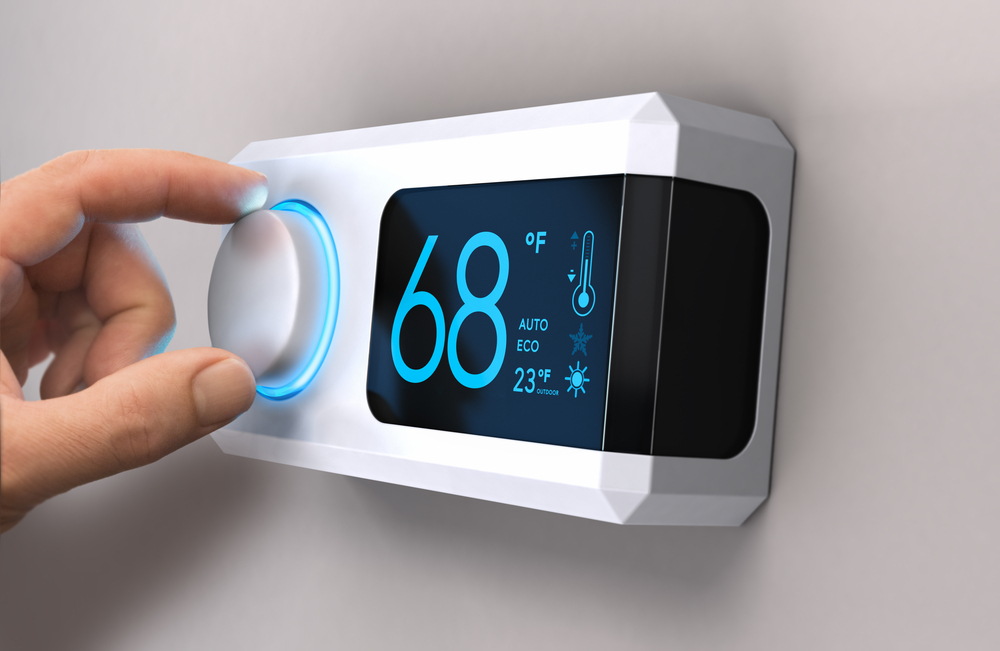
Don’t Turn Your Heat All the Way Off
Many homeowners make the mistake of turning their heating off when they leave for the day or when they aren’t in a particular area of the house. However, turning off the heat could put you at risk for frozen pipes.
While you don’t need to keep the heat at 68°F all the time, consider keeping it around 55°F when you leave for the day and overnight. This keeps your heating bills lower while protecting your home from cold weather damage and keeps your energy bills reasonable.
For homeowners with pets, it’s essential not to turn off the heat. Although dogs and cats can regulate their body temperatures and adapt to colder temperatures, you don’t want them to be cold the whole day while you’re at work. Particularly for older pets, you may need to keep your house warmer during the day than if the house was empty.
Get a Programmable Thermostat
According to Energy.gov, one of the best ways to save money on your heating bills is by using a programmable thermostat. These intelligent accessories decide whether to turn your heat off or on. You can choose a consistent temperature you’d like the room to be or set the heat to come on at certain times of the day or night.
A programmable thermostat kicks on the heat if the outside temperatures drop significantly at night, protecting you from damage to your plumbing and a chilly night’s sleep.
Make Sure Your Walls and Ducts Are Sealed
If you find yourself chilly despite having your temperature turned up, you might be losing heat through poorly insulated walls. Have a repair team come in to weatherize your home for the winter, including caulking; adding insulation to ducts in areas like the garage, basement, or attic; and fixing any holes in your ducts. Although these may seem like minor fixes, they keep your hot air inside, saving you money while keeping you warmer.
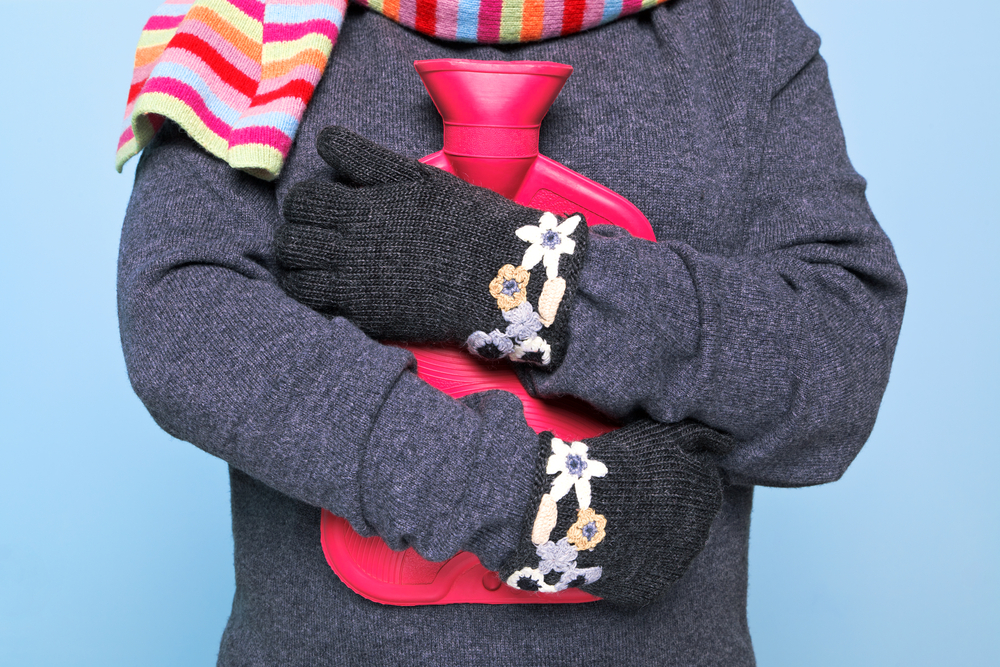
Turn Down the Temperature a Few Degrees
If you want to save on your utility bills and are willing to throw on a sweater or an extra blanket on the bed, you can turn down your thermostat by a few degrees. Instead of keeping the house at 68°F, keep it at 65°F or even 60°F. For every degree lower you keep your thermostat, you can save between one and three percent on your energy bills.
If you work at home and want to keep energy costs down, use a hot water bottle or make yourself big pots of steaming hot tea to keep yourself warm without cranking up your energy bills.
Let the Sun In
If you live in a sunny area, you can keep your curtains open to let the sun heat your home, allowing you to turn down the thermostat and save money. Just remember to close the curtains once the sun sets to keep the heat in.
Heavy-duty curtains can prevent heat loss in the winter. Look for thick curtains or ones with a thermal lining to insulate your home and reduce your heating bills.
Save on Your Water Heater
If you want to lower your energy bills, try setting your water heater to 120°F. This won’t affect your warm shower but keeps your bills lower, which may allow you to turn up the heat during the next blizzard.
Get Your Heating System Serviced
Before the mercury drops, schedule a service appointment with your local HVAC shop. The better your system is running, the more efficient it will be and the more money you’ll save. Instead of waiting until your heating system breaks down on the coldest night of the year, do your maintenance in late summer or early fall, a few weeks before you expect wintry nights.
If you have an older system, consider upgrading to a new ductless heating and cooling system. Newer systems have better energy ratings, so you’ll enjoy lower utility bills.
